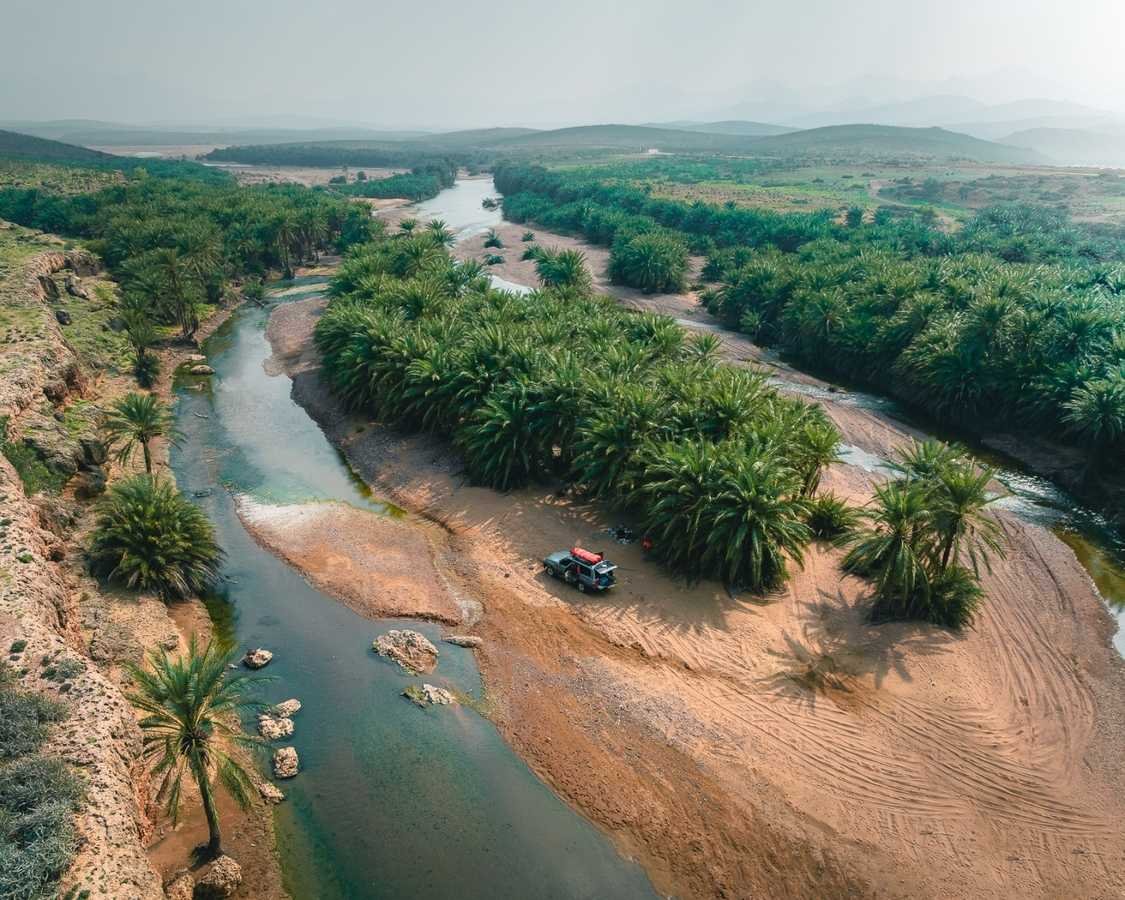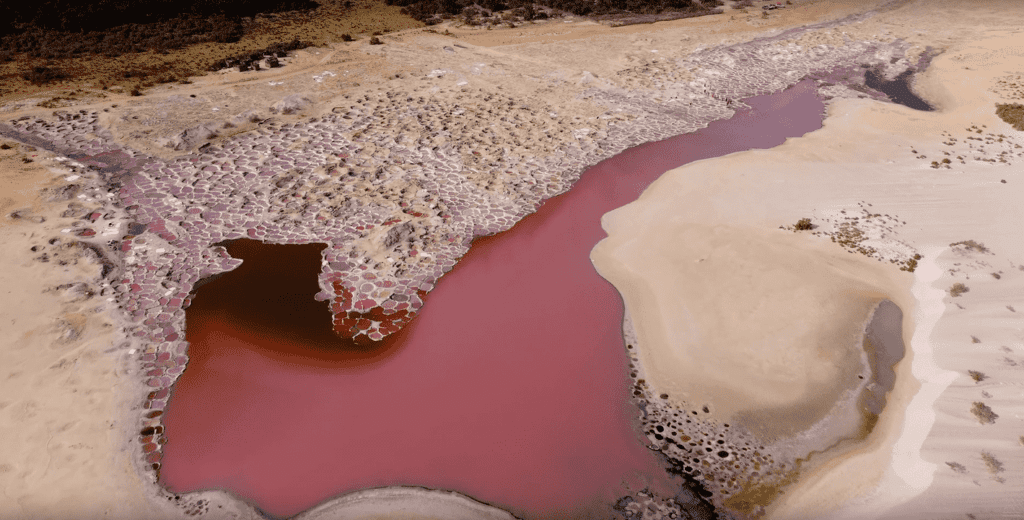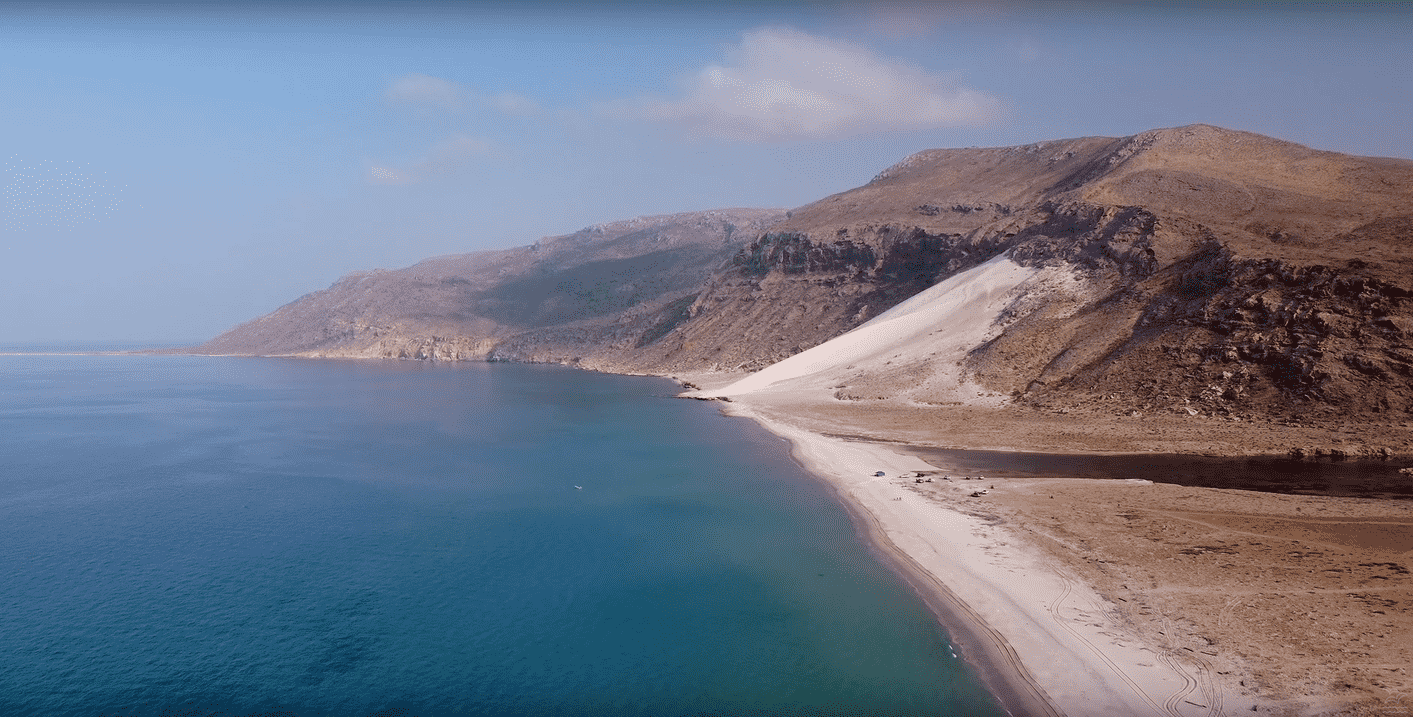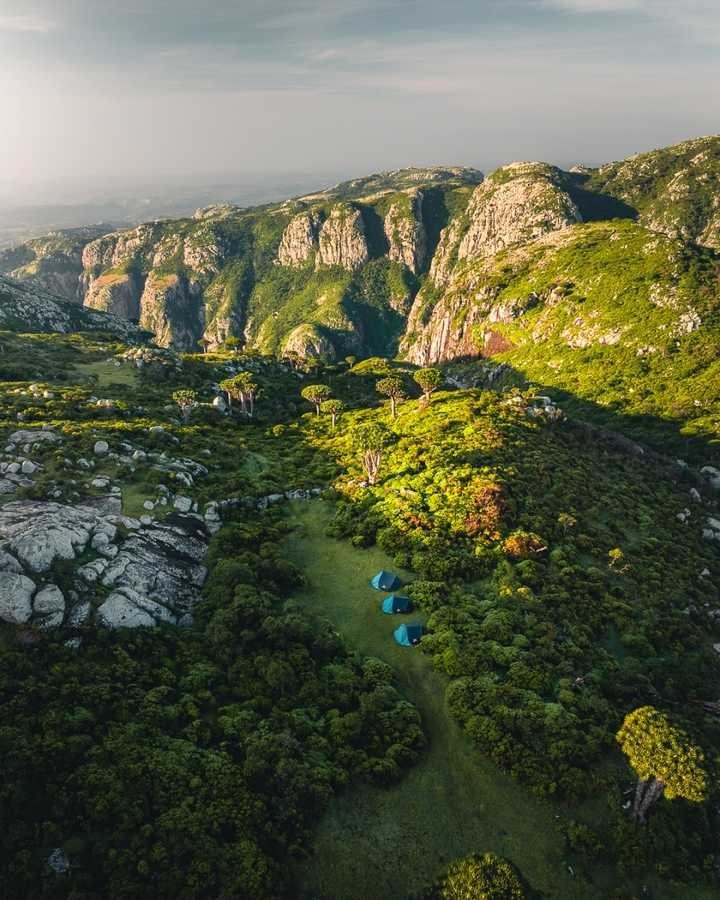
Socotra Island, known for its otherworldly landscapes and biodiversity, has become a bucket-list destination for adventurers and photographers alike. With its alien-like Dragon’s Blood trees, pristine beaches, and rugged mountains, it’s no surprise that drone enthusiasts are eager to capture the island’s stunning beauty from above. However, if you’re planning on flying a drone on Socotra, there are a couple of important updates to keep in mind before your trip.
New Drone Permit Fee: $100 for Aerial Footage

Starting in 2024, travelers bringing drones to Socotra must pay a $100 permit fee, which is collected by the tour agency upon arrival along with visa fees. To facilitate the permit process, travelers should provide the drone model and the operator’s name in advance.
This regulation helps ensure responsible drone usage, balancing security concerns with the need to protect Socotra’s fragile ecosystem..
How to Legally Fly a Drone on Socotra Island
The $100 payment grants you the ability to fly your drone legally across the island, though it’s always wise to double-check for any restricted areas where flying may be prohibited, such as near military or sensitive zones. Following these regulations not only helps you avoid penalties but also supports the island’s conservation efforts by minimizing disturbances to wildlife.
Bring Your Own Drone: No Rental Options on the Island

Another essential tip for travelers is that there are no drone rental services on Socotra. If you’re a photographer or videographer planning to capture the island’s landscapes from the sky, make sure to pack your own drone and all the necessary accessories. There’s simply no local infrastructure on Socotra to provide rental drones, repairs, or even spare parts for drones that may malfunction.
Essential Drone Gear for Socotra: Batteries, Memory Cards, and Chargers
Given the remoteness of the island and limited connectivity, it’s also a good idea to pack additional batteries, memory cards, and portable chargers. Without easy access to drone shops, preparation is key to making sure your drone can perform optimally during your stay.
Maximizing Your Drone Experience on Socotra

Socotra offers endless opportunities for capturing breathtaking drone footage. From the vast desert plateaus to the shimmering turquoise waters of the Arabian Sea, your drone can offer a perspective that no other photography method can match. Here are a few tips to make the most of your experience:
Respect Wildlife: Socotra is home to a unique array of flora and fauna. Avoid flying too close to wildlife to prevent disturbances and protect the environment.
Plan Your Shots: Research Socotra’s top locations like the Dragon’s Blood tree forest, Qalansiyah Beach, and the Diksam Plateau for stunning aerial visuals.
Check the Weather: The island’s weather can be unpredictable, with strong winds and sandstorms at times. Always check conditions before flying.
Final Thoughts

Socotra is a paradise for drone enthusiasts, offering unparalleled opportunities to capture its alien-like landscapes and pristine nature. However, staying informed about the new $100 permit fee and bringing your own drone equipment are crucial for ensuring a smooth experience. By respecting the island’s regulations and being well-prepared, you’lAerial View of Socotra’s Majestic Dragon’s Blood Treesl be able to create unforgettable footage while helping to preserve the beauty of Socotra for future generations.
Explore Socotra with Your Drone: Affordable Tour Packages with Full Support

If you’re interested in visiting Socotra and using your drone to capture its stunning vistas, check out our affordable tour packages. We provide full support for visas, flights, in-ground tour services, and camping, making your trip hassle-free. Whether you’re an adventurer or a filmmaker, we’ll ensure your journey to Socotra is unforgettable!


0 Responses
Hi! The problem is the stopover in Abu Dhabi. You cannot enter the country with a drone.
You can pass with the drone throw Abu Dhabi Airport if you are transit to Socotra, but you can not enter Abu Dhabi city with the drone.
Is it 100 dollars per drone
Yes, there is a $100 fee per drone. You will also need to provide the drone’s make and model information to the tour agency in advance, so they can arrange the necessary permit before your arrival on the island.
What if you have to spend one night in an hotel in Abu Dhabi before fliying to Socotra?
Upon arrival, you should declare your drone to customs officials. Some travelers have reported that customs may store the drone during your stay, returning it upon your departure.